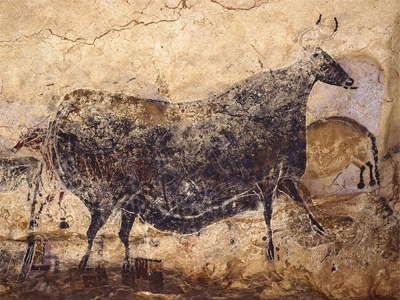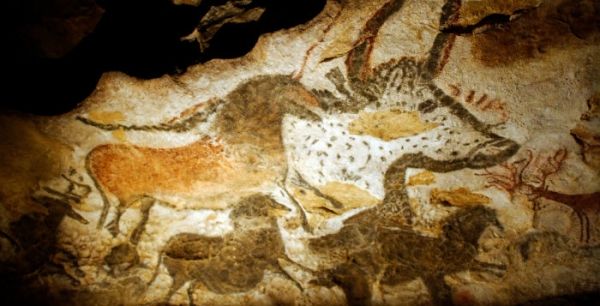This exhibition examines the history behind the cave paintings of the Lascaux caves, one of the most significant examples of cave art from the Upper Paleolithic era, otherwise known as the end of the Stone Age.
The Lascaux paintings and engravings of animals were created in the cave in south-western France about 17,300 years ago by a prehistoric people known as the Cro-Magnons.
The meaning behind the works remains obscure and they have been the subject of much historic and scientific study since their rediscovery by local teenagers in 1940.
The Brussels exhibition provides five life-size replicas of the cave's nave and shaft, which have never been seen by the public, shedding new light on the paintings and the Cro-Magnon people.
A UNESCO World Heritgae site, the caves have been closed to visitors and even scientists since the late 1990s due to the considerable damage caused by fungus and mould on the walls, blamed on strong lighting and humidity.
Tues-Sat 09.30-17.00. Sun 10.00-17.00. Mon closed.
General Info
View on Map
Lascaux
Cinquantenaire Museum (Royal Museums of Art and History), Parc du Cinquantenaire 10, tel. +32(0)27417211.














